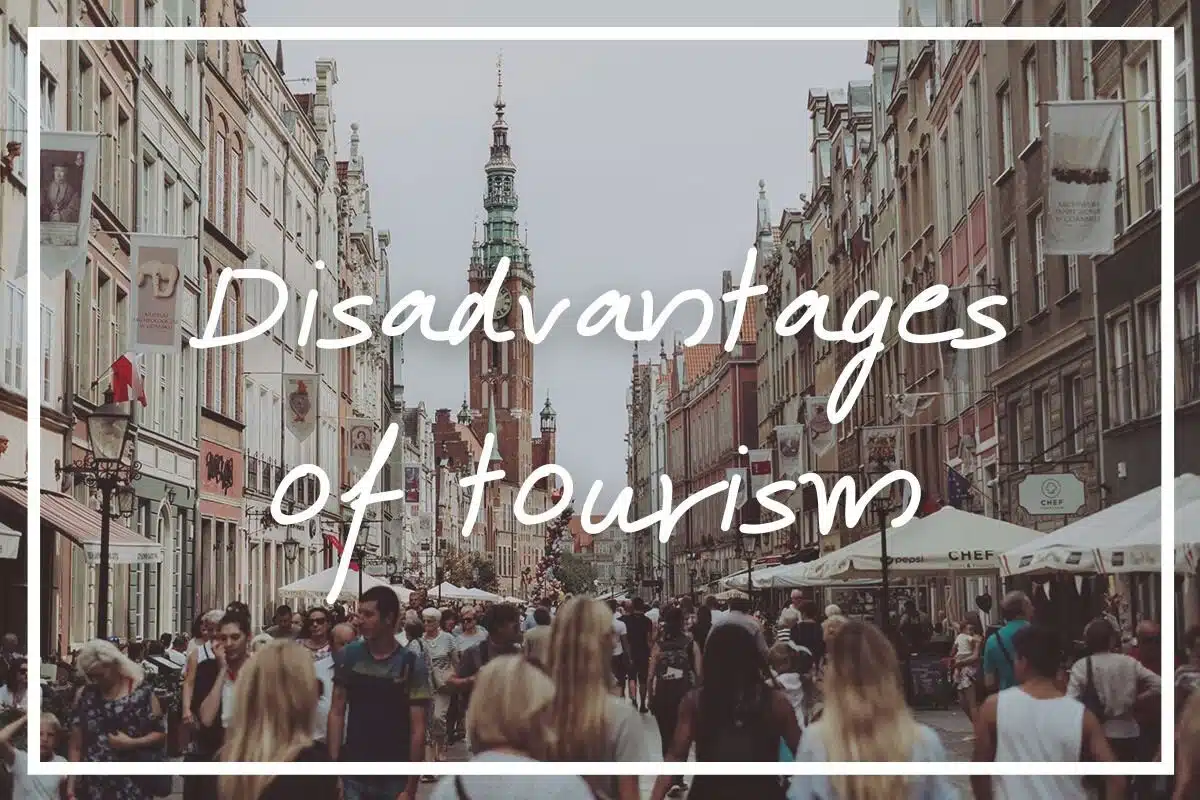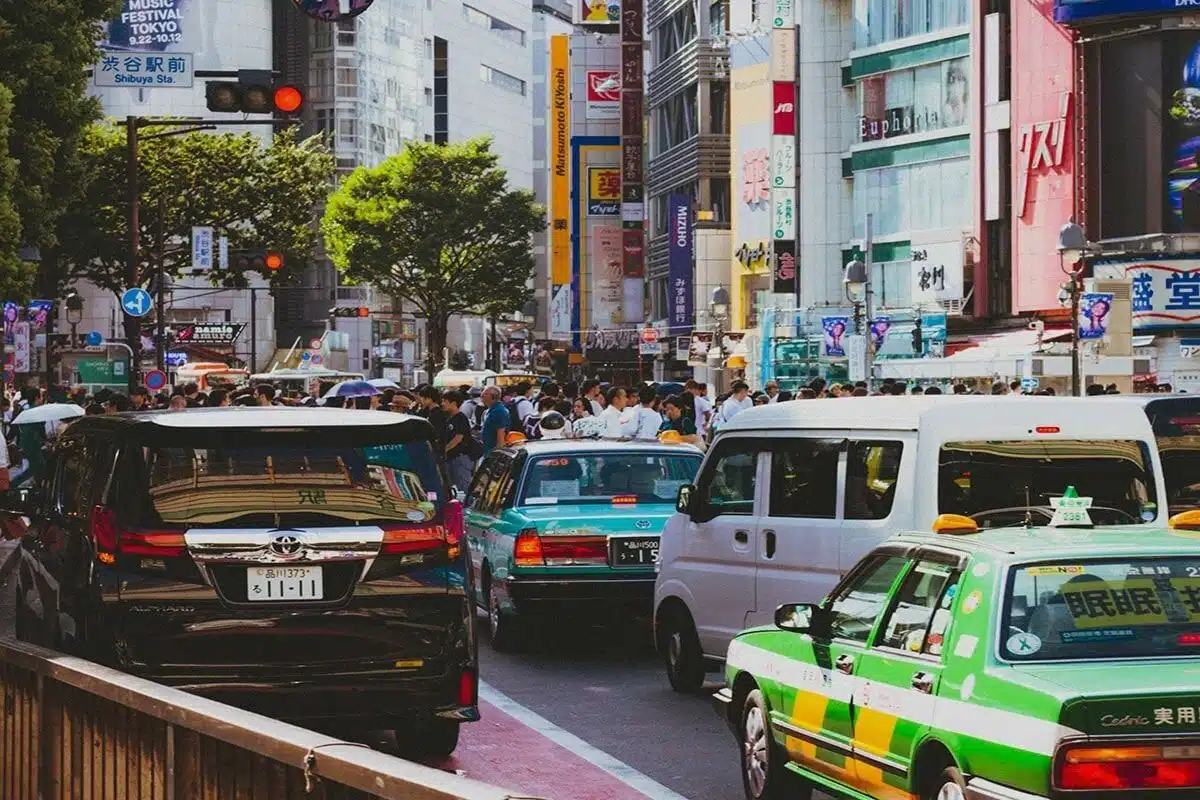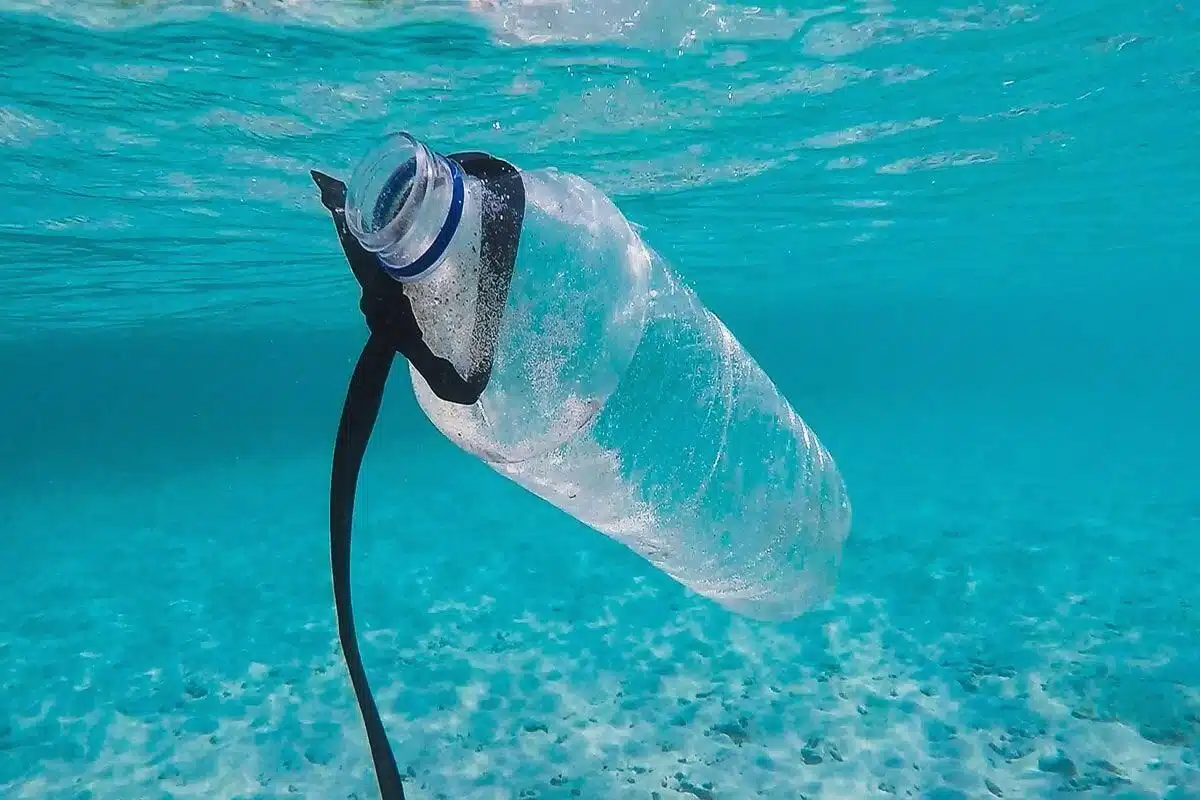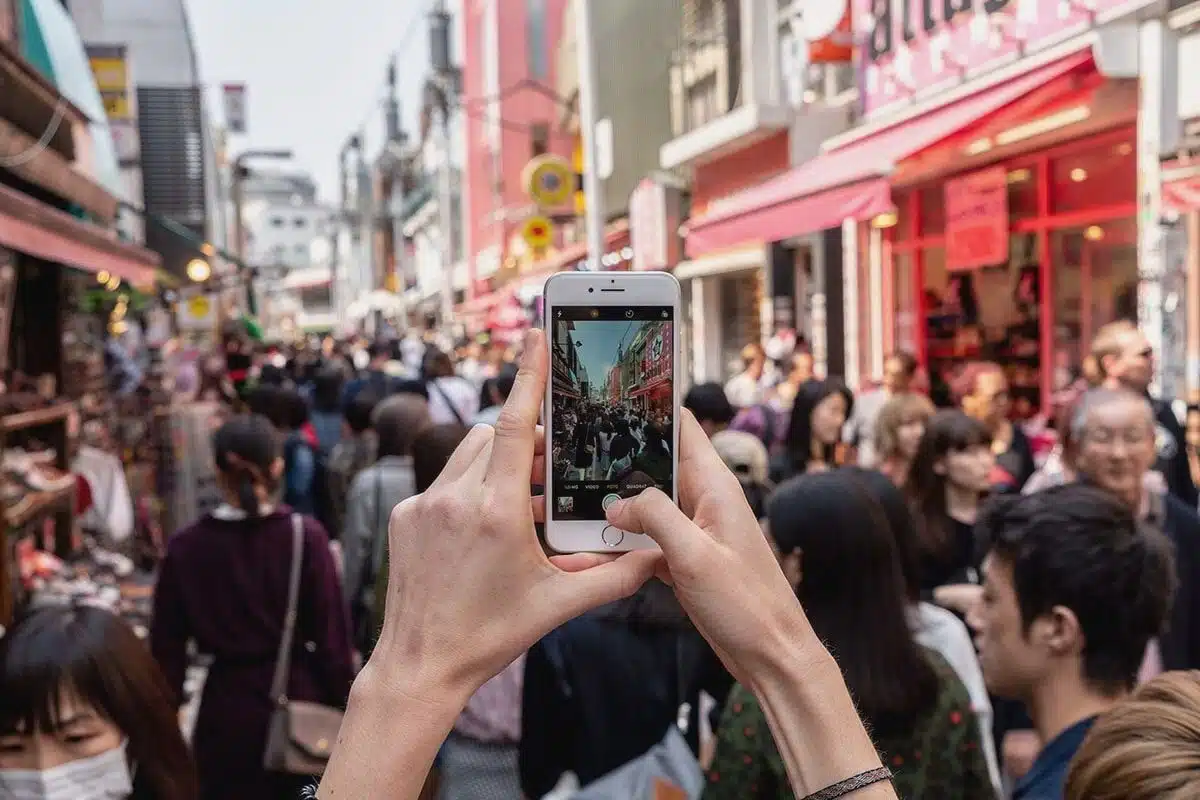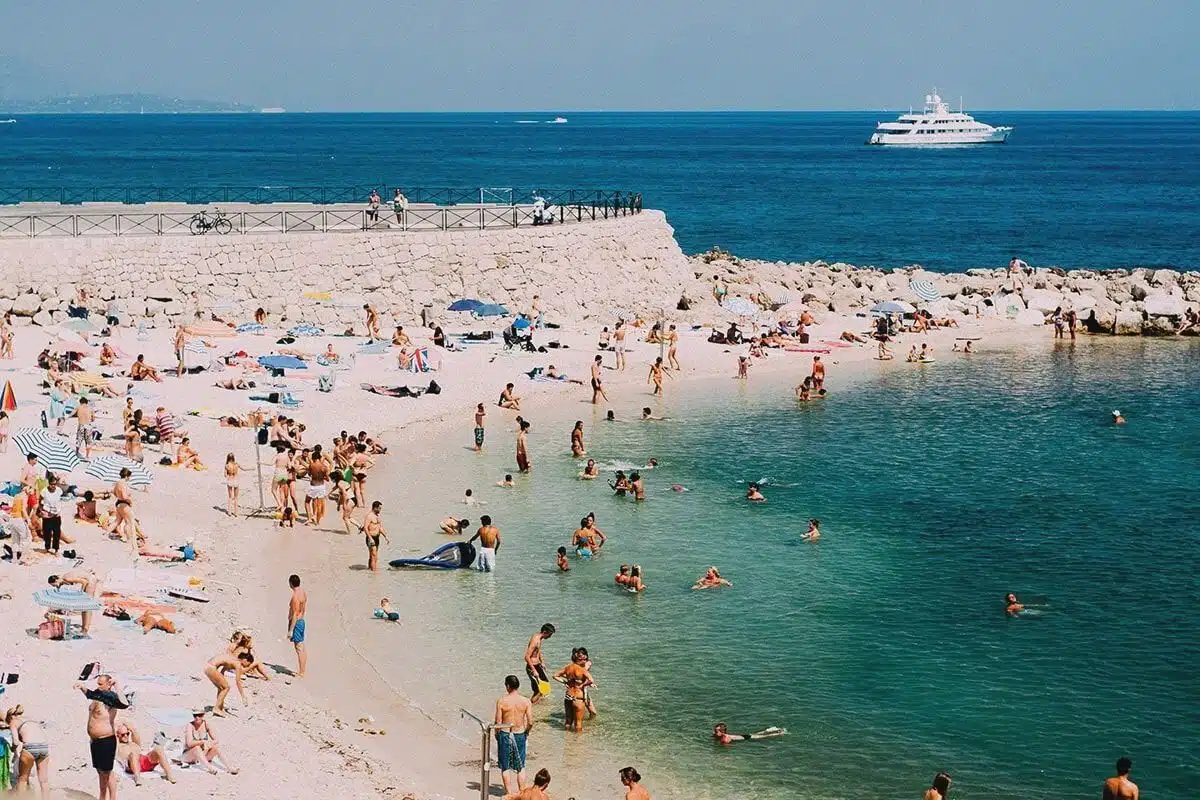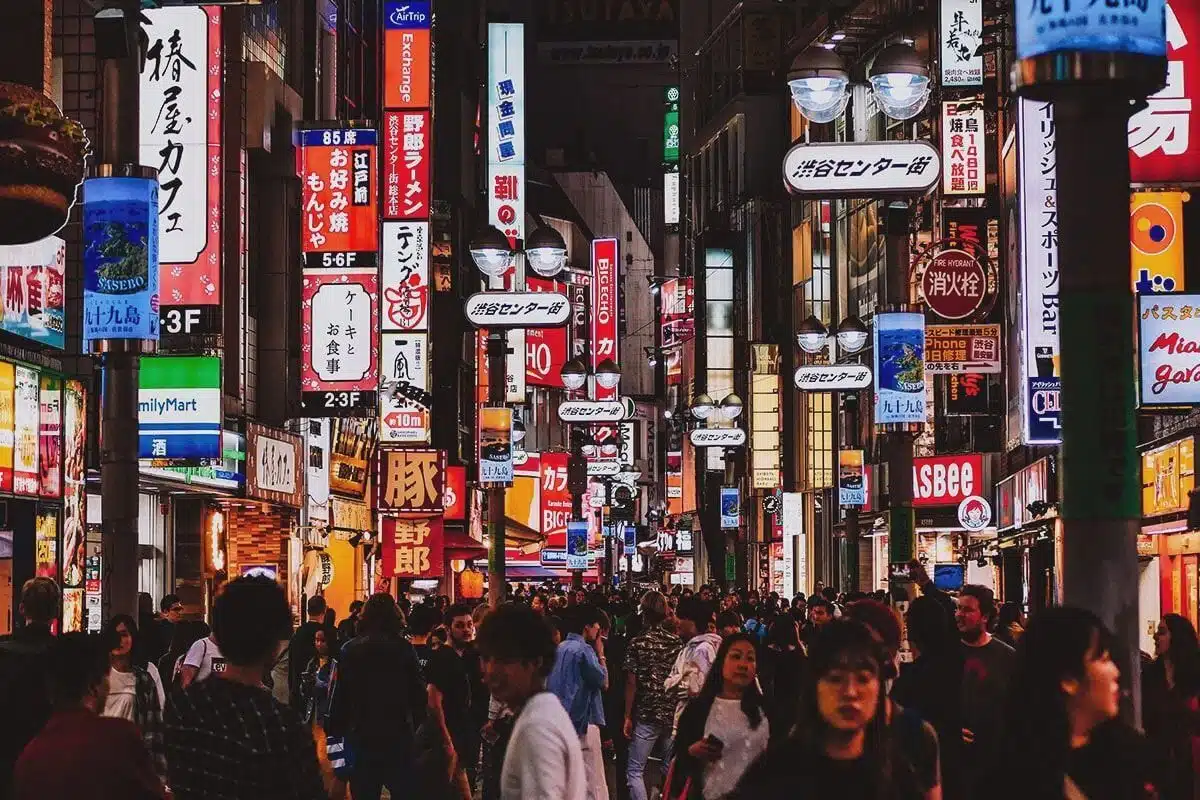Want to know about the disadvantages of tourism? In this post, I discuss 10 of them!
Travel is one of the best things in life, right?
Instagram-worthy sunsets, exploring new cultures, trying exotic foods — and tourism’s great for the host destination and its economy too.
Or…is it?
Don’t get me wrong. There are a lot of wonderful things that come with tourism. It can boost economies, create jobs, generate wealth, and support conservation efforts.
But have you ever stopped to consider the potential disadvantages of tourism?
In this post, I’ll dive into the impact of tourism on the environment, the economy, local communities, and much more.
I’ll also discuss what we can all do to be more responsible travellers.
Let’s get started!
Here we go, then: Let’s start with the environmental impact of tourism!
Interested in the disadvantages of tourism? You might also like these posts…
- A Complete Guide to Responsible Tourism
- 60 Awesome Adventure Dates Ideas
- 15 Awesome Ideas for Souvenirs
- 20 Places with Crystal Clear Water
- 20 Coldest Countries in the World
- 20 Hottest Countries on Earth
- How to Plan a Trip on Google Maps
- The Advantages and Disadvantages of Travelling
The Environmental Impact of Tourism
To begin, let’s start with some negative tourism impacts that can occur to the area’s environment and ecology.
1. Greenhouse Gas Emissions
Let’s face it — almost everything about our modern lifestyle contributes to global warming through greenhouse gas emissions.
Unfortunately, this also includes travelling.
In fact, experts estimate that as much as 5% of the world’s emissions of carbon dioxide are directly related to travel.
The most polluting type of travel, not surprisingly, is flying.
Planes account for 40% of greenhouse emissions within the tourism sector, with cars and taxis making up another 32%.
There’s also an environmental impact from hotel emissions too. Most accommodations still rely on fossil fuel energy sources to run air conditioning, heating, laundry services, pools, and spas.
In addition, companies need transportation and power to build and maintain hotels, clean up waste, and bring in food (and other products) from other regions.
Although some tourism companies are “going green,” many have not yet made the switch to renewable energy resources.
2. Overuse of Water
Sadly, 40% of the world’s population doesn’t have access to clean drinking water, let alone “extra” water for tourists to use in hotels, pools, and spas.
As an example, Las Vegas, Nevada lies in the middle of the desert and receives an average of four inches of rainfall per year.
Meanwhile, its residents (and millions of tourists) use a whopping 489 million gallons of water every single day.
In most places, the high tourist season coincides with the drier or less rainy parts of the year.
This compounds the issue as limited groundwater gets directed to tourist accommodations and attractions, leaving residents and farmers without adequate water.
In drought-stricken areas like Spain, Greece, India, Bali, and Zanzibar, this can spell disaster for the local population, increasing salinity in remaining freshwater and hindering farmers’ abilities to grow crops.
Now you know the first 2 impacts of tourism on the environment, let’s take a look at what’s left on the list!
3. Increased Waste Production
Did you know that one tourist can produce as much as 12kg (26 pounds) of solid waste per day?
Why does this happen? Your guess is as good as mine. But here’s one theory:
Most people want to relax and take it easy on holiday.
Even if they adopt good habits at home like reusable bottles and shopping bags, chances are they aren’t doing those things on vacation.
Many parts of the world still rely on single-use plastic items, a lot of which ends up in the ocean and on the beaches that tourists visit.
Even in more eco-conscious places like Europe, the trash is out of control during peak season — there’s 40% more marine litter in the Mediterranean during the summer months!
Trash isn’t the only waste product, either.
While on holiday, travellers tend to order (and waste) more food, especially in restaurants and buffet settings.
There’s also the issue of sewage pollution, as well, especially in countries that lack the resources to properly dispose of it.
Sewage runoff that hasn’t been properly treated often ends up in the ocean, lakes, wetlands, and other natural areas, harming the local plant and animal life.
4. Loss of Biodiversity & Ecosystems
The rise of ecotourism is a two-edged sword.
On one hand, it increases awareness of the fragile ecosystems on our planet. On the other, it’s destroying them.
As more travellers seek to get closer to nature, destinations that feature rainforests, coral reefs, wetlands, and alpine forests are more popular than ever before.
Unfortunately, this influx of humans wreaks havoc on the very environments they’re hoping to admire.
To make way for more tourism, local governments may need to mine, pave, drain, develop, or deforest the area.
The results can include soil and sand erosion and the destruction of natural habitats.
Of course, development also leaves less space for the animals and plants that thrive in the area. Worldwide, an estimated 1 million different species are threatened with extinction in the next few decades.
In the following section, we’ll run through the social problems with tourism.
Potential Social Problems With Tourism
Until now we’ve focused on the environmental impact of tourism, but this isn’t the only potential disadvantage. Let’s switch gears and consider some negative impacts of tourism on society.
5. Displacement of Local Populations
Have you ever stayed at a five-star resort on the beach or pulled into port on an exotic island?
Chances are that the pristine coastal area wasn’t just sitting there empty. More than likely, local residents had homes and businesses there that got “bought out” to make room for hotels, chain restaurants, and tourist attractions.
This displacement leaves less room for locals, often pushing them into crowded, poorer areas to make way for more tourism.
It can also erode the culture and identity of the destination as major corporate chains replace smaller “mom-and-pop” type businesses.
For locals who choose to work in the tourism sector, their jobs are often menial, low-paying, and seasonal, with little job security or opportunity for upward movement.
Too much tourism or too much tourist in one place is another tourism impacts our society…
6. Over-tourism
A word that literally means “too much tourism,” over-tourism is exactly what it sounds like — too many tourists descending on one place.
Prime examples include Thailand’s beautiful Maya Bay, the now-famous filming location for The Beach.
The fragile reef ecosystem and island were so destroyed by boat traffic, foot traffic, and plastic trash that the Thai government closed the island to visitors — for four years.
Other places notorious for over-tourism include Barcelona, Venice, Capri, Bali, and Boracay.
In fact, Venice went so far as to ban cruise ships from its historic centre and impose a “tourist fee” for day-trippers.
Why are governments taking such drastic measures against over-tourism?
Aside from the environmental problems that come with too many people in one place, it can also have a damaging effect on the locals’ ability to survive there.
In Barcelona, for example, many homeowners have turned their apartments into Airbnbs and VRBOs, driving rent prices up a shocking 51% in just a decade.
This has forced many residents into the (more affordable) suburbs while adding fuel to the problem of over-tourism in the city centre.
7. Exploitation of Local Cultures
We all love to travel to enjoy different cultures, but in some destinations, there’s a fine line between “enjoyment” and “exploitation.”
As more tourists visit an area, especially for cultural exploration, something called commodification often occurs.
This means taking an original aspect of local culture and commercialising it for mass consumption.
For example, in parts of Canada and the United States, tourists pay money to witness spiritual ceremonies “staged” by Native American communities.
At the same time, they buy themed items (such as totem poles or amulets) that hold deep meaning for the local culture but have been degraded to little more than cheap souvenirs.
In other areas, commercialising culture leads to locals wearing traditional costumes and putting on shows solely to entertain tourists.
For some people, this can be viewed as mocking important traditions.
Next up: other negative impacts of tourism we must consider!
Other Negative Impacts of Tourism
To round out our discussion, here are a few more potential disadvantages of tourism to consider.
8. Poorly Behaved Tourists
From stealing beach sand and slapping immigration officials to falling off statues after a night of binge drinking, the headlines are full of tourists behaving badly.
For whatever reason, some travellers feel free to act in rude, disrespectful, and even dangerous ways that they would never behave at home.
Even if they don’t get drunk and rowdy, tourists sometimes fail to show honour to the cultures and traditions of the country they’re visiting.
They may break rules or codes of conduct by dressing or gesturing in a way that offends locals. Or they may hold themselves in higher regard than the locals, perhaps even making derogatory racist remarks.
All of these behaviours increase hostility towards tourists and may even widen the socioeconomic gap in the region.
9. Foreign-Owned Businesses
In many areas, the majority of hotels, resorts, restaurants, and attractions are not owned or managed by locals.
Often they’re built and maintained by large foreign corporations and conglomerates.
As a result, most of the money coming into the country is being used for and by visitors, which can lead to significant losses for smaller, locally-owned businesses.
Because these local businesses miss out on opportunities to grow and expand, the country’s economy may suffer.
10. Unequal Growth of Infrastructure
Closely tied to the previous point is the problem of unequal or unfair infrastructure growth.
In many cases, the money coming into a tourist destination goes right back into developing and maintaining only the destination.
While the money goes back into the local tourism industry, other regions that desperately need improvement are neglected.
Rather than putting funds into areas that need more infrastructure — and improving the lives of local citizens — the government may choose to build more resorts and tourist attractions instead.
Last but not least, here are the 20 ways to minimise the negative impact of tourism.
How to Minimise the Negative Impact of Tourism
Our discussion is starting to sound a bit gloom-and-doom, so how can we put a positive spin on it?
We may not be able to solve all these problems with tourism overnight, but there are some things you can do to minimise your tourism impacts.
Here are 20 simple ways you can become a more responsible and respectful traveller:
1. Educate yourself about the local culture, etiquette and customs before you travel.
2. Stay at and dine in locally-owned establishments rather than corporate-owned chains.
3. Explore destinations that are “off the beaten path” rather than places known for over-tourism.
4. Learn (and try to use) a few words and phrases in the local language.
5. Act respectfully at sites of religious, historical, and cultural significance.
6. Reduce or eliminate your use of plastic and other waste products — reuse and recycle whenever possible.
7. Avoid travelling during peak tourist season.
8. Travel via train, bus, or other public transportation when possible.
9. If you must fly to your destination, choose direct flights to minimise your carbon footprint.
10. If you wish to travel with a tour group, seek out an eco-friendly company that employs locals and uses locally-owned accommodations and attractions.
11. Avoid “tourist trap” destinations and everything that comes with them, such as all-inclusive resorts, mega cruise ships, and commercialised cultural displays.
12. Never take “natural” souvenirs such as rocks, wood, or beach sand — not only does it destroy the environment, but it’s probably illegal.
13. Don’t buy souvenirs made from endangered species (i.e., natural furs, crocodile skins, tortoiseshell, etc).
14. Stay in one destination longer rather than moving around between many different areas.
15. Avoid using platforms like Airbnb or VRBO, especially in overtouristed areas.
16. Bring your reusable water bottle, drinking straw, cutlery, and shopping bags from home to reduce plastic waste.
17. Buy food from local markets and independently-owned restaurants rather than chain grocery stores.
18. Be mindful when you take pictures and always ask permission before you photograph someone.
19. Dress appropriately for the culture you’re visiting — this might mean covering your shoulders, knees, feet, or head.
20. Buy locally-made souvenirs from local vendors rather than those “Made in China” knockoffs.
Battling the Disadvantages of Tourism
Tourism can do wonders for local economies, but there are some definite disadvantages of tourism we can’t ignore either.
Environmental problems, pollution, exploitation, and displacement of locals are just a few of the problems with tourism we’ve discussed today.
We also listed some ways you can be a more responsible traveller and minimise your impact while you travel.
Would you like to take this idea of responsible travel one step further?
Read this article next and learn more about the benefits of eco-friendly travel!
